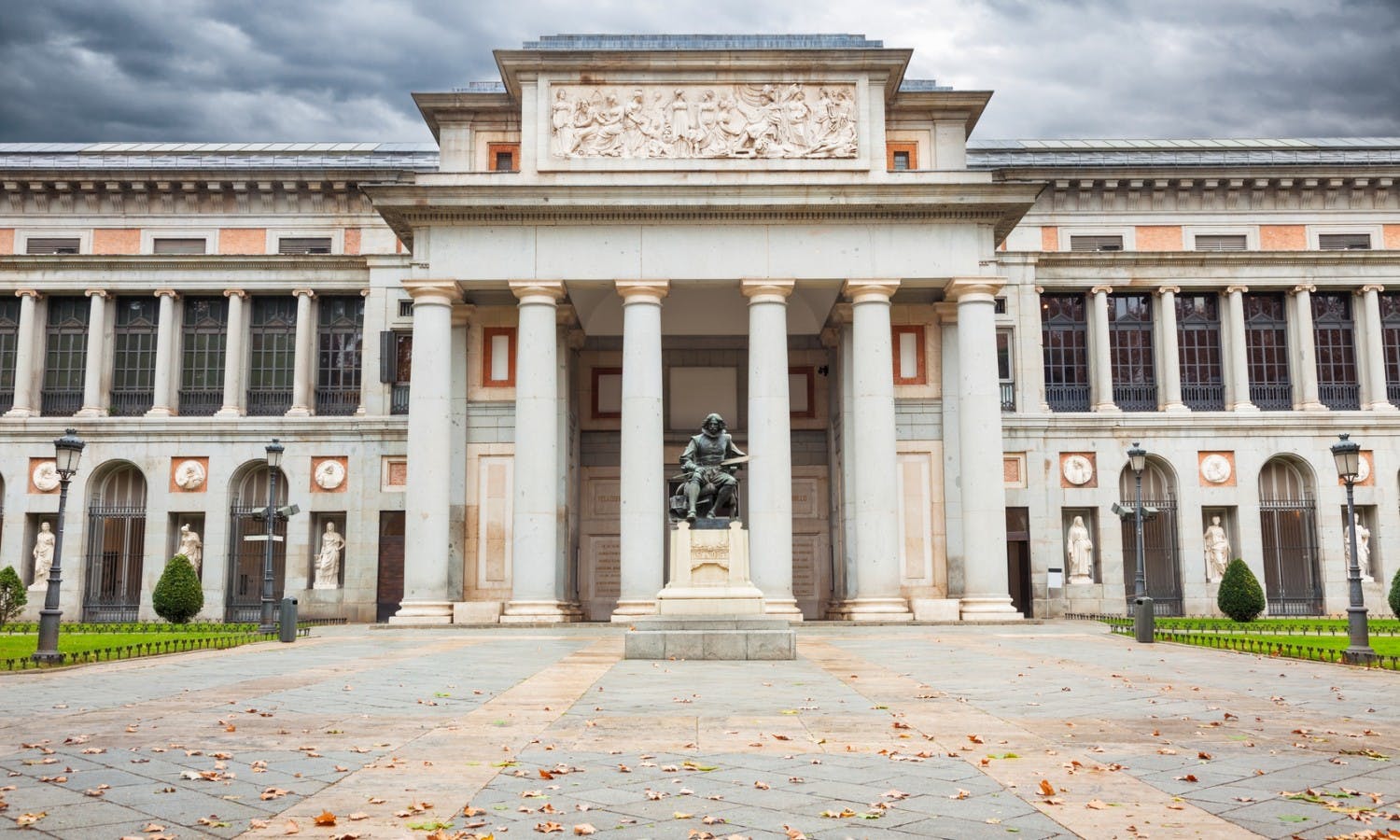A visit to Madrid’s Prado Museum is much more than a can’t-miss European tour stop. It’s an epic trip through time that takes you elegantly through centuries of European art history.
Jam-packed with some of the world’s most famed masterpieces, the Prado can seem like an overwhelming banquet of culture. No need to worry! We’re here to handpick the finest pieces for you and to help you navigate this visual feast for the eyes and the soul.
Practical Tips for Your Prado Museum Visit
Before you strut off to take in Velázquez and Goya, let’s handle the practical stuff. Carrying around heavy luggage in the labyrinthine gallery? That’s so not chic.
The good news is that you have the option of safe and convenient luggage storage near Madrid Atocha Station, a stone’s throw away from the Prado. Now, you can free up those hands for more animated discussions and enthusiastic gestures at the magnificent art.
(Just remember, no touching!)
What Pieces Do You Need To See at the Prado Museum?
The Prado Museum is home to some of the most illustrious masterpieces in European art. Our list of top ten must-see pieces is your gateway into the sublime world of brush strokes, color palettes, and emotional depth that define these timeless works. Get ready for a visual feast!
1. “Las Meninas” by Diego Velázquez
Velázquez’s “Las Meninas” elicits intrigue and admiration. A multilayered masterpiece that combines portraiture, genre scene, and self-portrait, it presents a tableau of 17th-century Spanish court life. Not merely a depiction but a dialogue, the depth of “Las Meninas” captivates art lovers, inviting them to ponder Velázquez’s masterful play on perception and reality.
2. “The Third of May 1808” by Francisco Goya
Francisco Goya’s “The Third of May 1808” is a powerful depiction of resistance and the brutality of war, making it an essential stop in the Prado. As you immerse in Goya’s stark contrasts of light and shadow, the raw emotion of the rebels against the chillingly faceless Napoleonic troops will leave you contemplating the profound costs of freedom and the human spirit’s resilience.
3. “The Garden of Earthly Delights” by Hieronymus Bosch
“The Garden of Earthly Delights” by Hieronymus Bosch captivates viewers with its fantastical allegory and vibrant detail. The intricately crafted triptych takes you on an unforgettable journey from Edenic innocence to sensory indulgence, culminating in a nightmarish hellscape, masterfully illustrating the visceral impact of the eternal morality play between virtue and vice.
4. “Emperor Charles V” On Horseback by Titian
Titian’s “Emperor Charles V on Horseback” commands attention with its majestic portrayal of Charles V following his victory at Mühlberg. As you soak in the powerful depiction of the emperor against a stormy background, Titian’s formidable talent for capturing authority, character, and atmospheric drama becomes undeniably evident.
5. “Christ Washing the Disciples’ Feet” by Tintoretto
“Christ Washing the Disciples’ Feet” by Tintoretto exemplifies Renaissance art that beautifully conveys the Christian message of humility. Tintoretto’s evocative play of light and shadow brings to life this poignant moment, where the divinity of Christ and the mundanity of the act mesh to deliver a lesson in humility and selfless service.
6. “Saturn Devouring His Son” by Francisco Goya
Francisco Goya’s “Saturn Devouring His Son” delivers a visceral encounter with the darker side of mythology. Depicting the terrifying scene of Saturn consuming one of his children, this painting challenges the observer with its raw portrayal of violence and fear, marking it as a haunting manifestation of Goya’s unique creative vision.
7. “The Descent from the Cross” by Roger van der Weyden
Regarded as one of the most moving depictions of the crucifixion aftermath, “The Descent from the Cross” by Roger van der Weyden epitomizes the dramatic intensity of Northern Renaissance art. The meticulously rendered details of the painted wooden panel elevate the sorrow-imbued scene, drawing viewers into an intimate encounter with grief and devotion.
8. “The Annunciation” by Fra Angelico
“The Annunciation” by Fra Angelico, a pioneer of the early Italian Renaissance, bathes the viewer in a tranquility rarely found in such dramatic biblical scenes. Angelico’s tender skill is exemplified in the delicate rendering of the angel Gabriel’s announcement to the Virgin Mary, creating a serene atmosphere imbued with divine presence and gentle mystery.
A Cultural Immersion Like No Other
Whether you’re an art die-hard, a casual observer, or somewhat skeptical that a single painting could take your breath away, Madrid’s Prado Museum will surely leave a lasting impression. With its mix of intrigue, drama, and pure aesthetic pleasure, this culturally rich wonderland offers an experience unlike any other.
Let European art’s allure wrap you up in its mystique and transport you to new artistic horizons. Next time you’re in Madrid, don’t just visit the Prado — live it!
